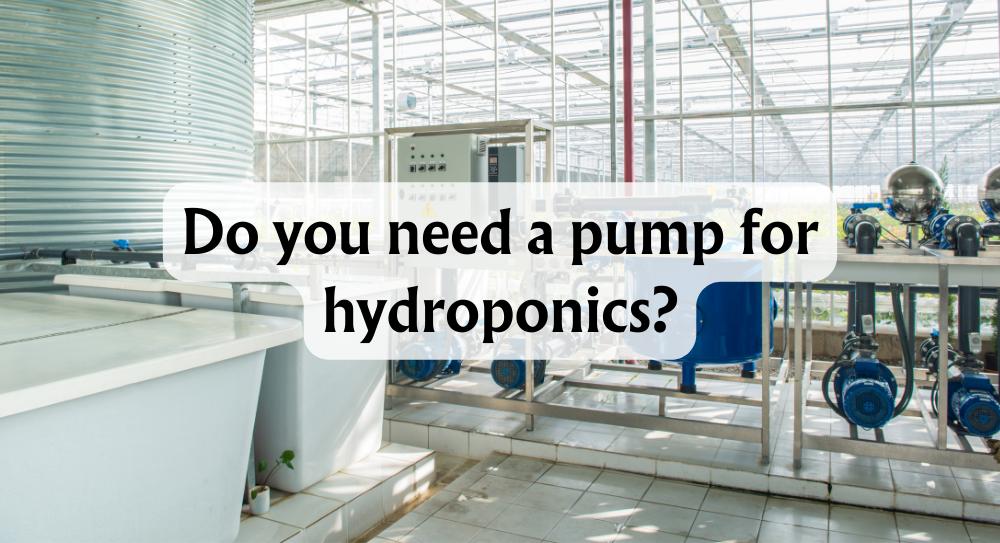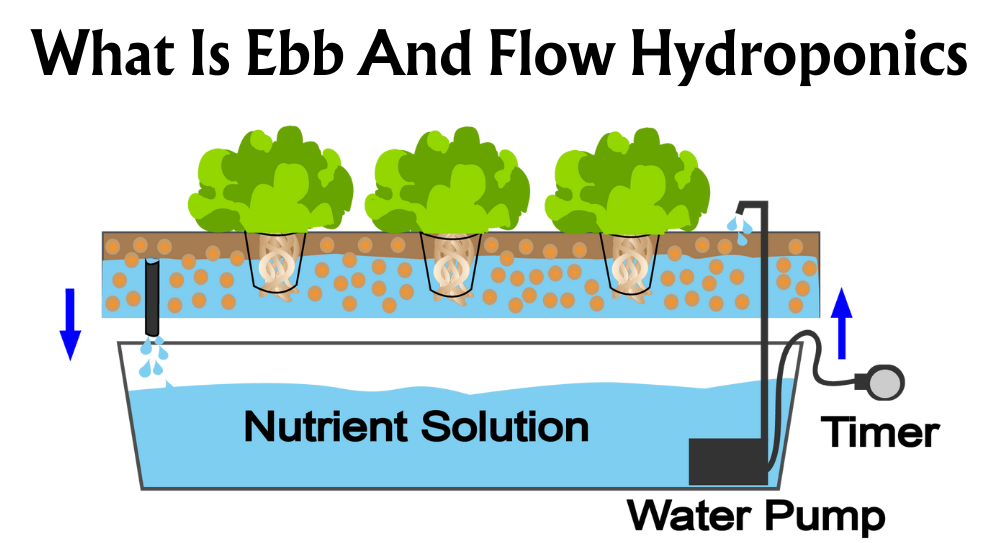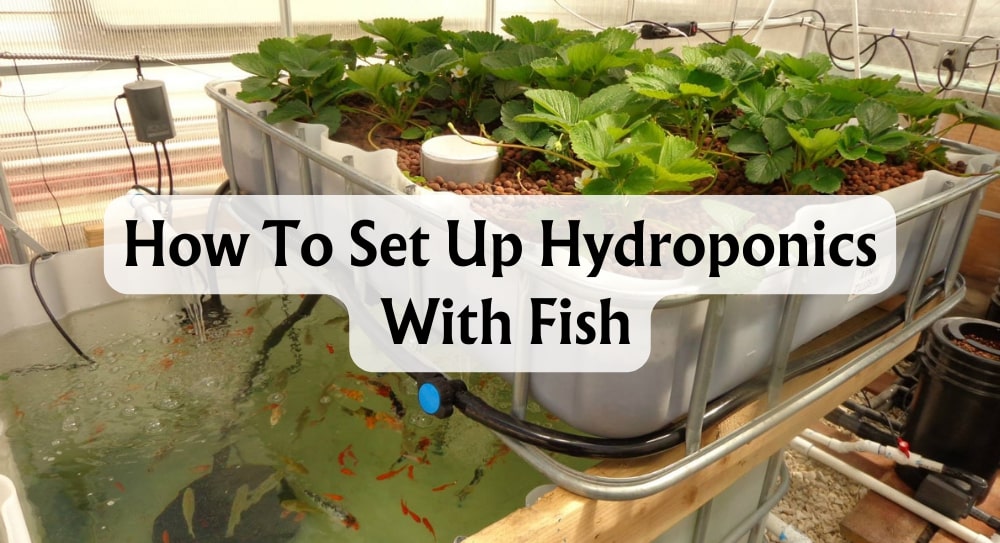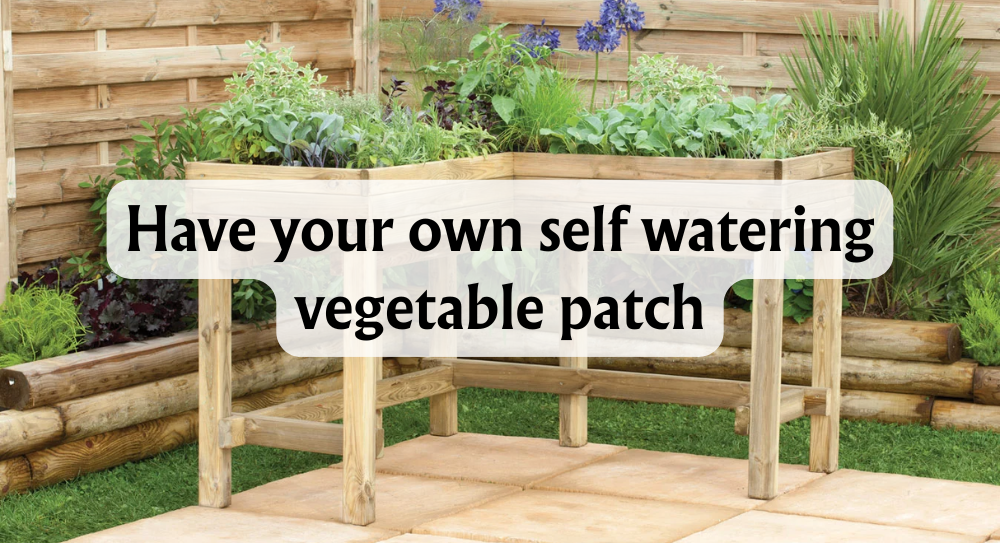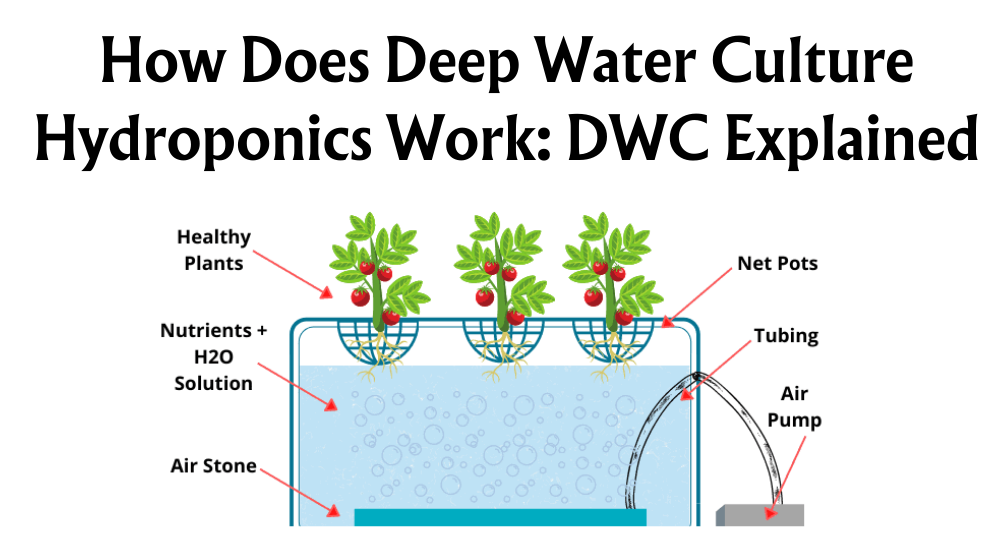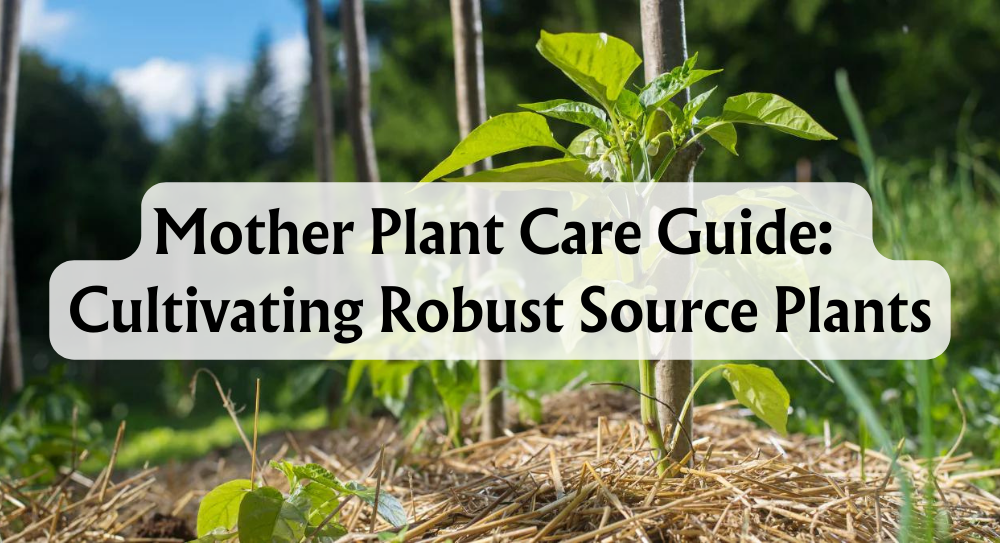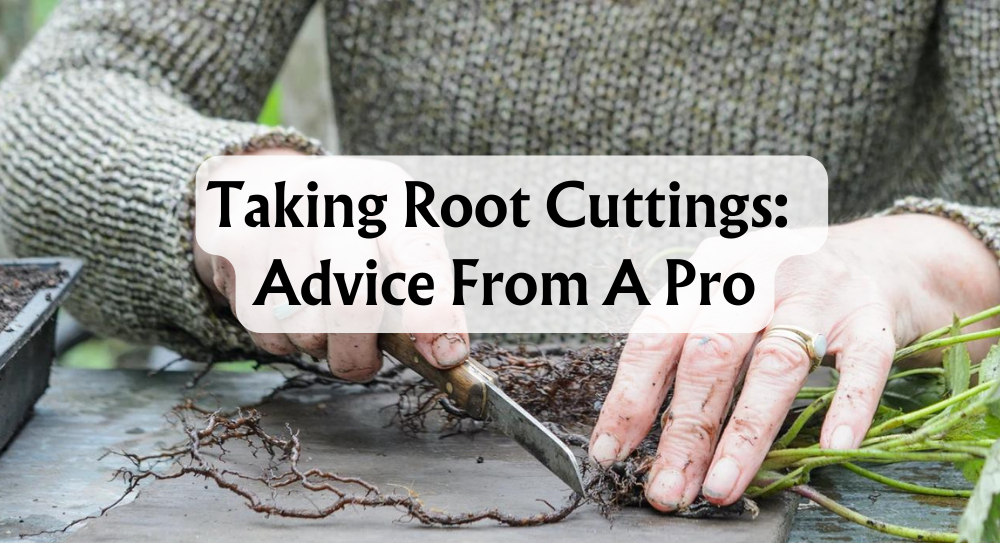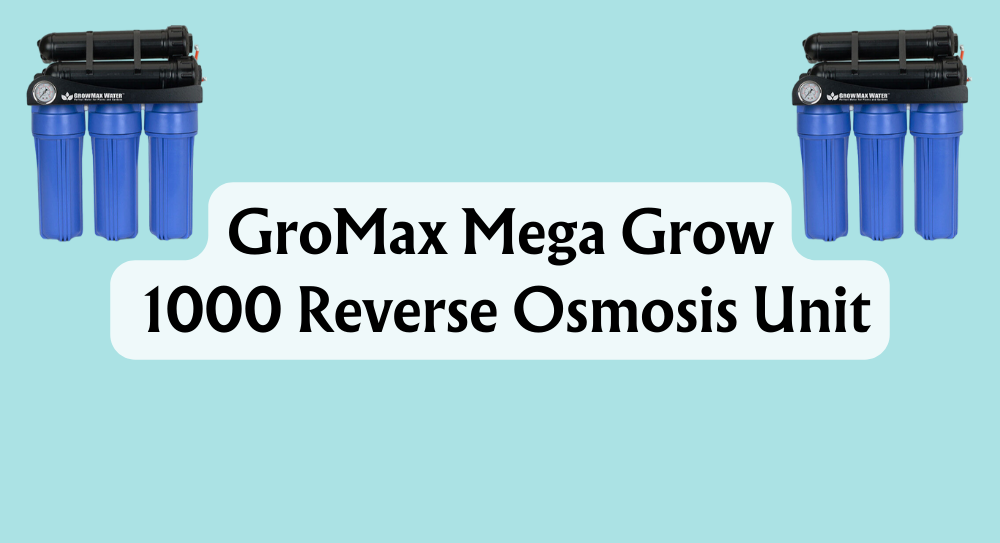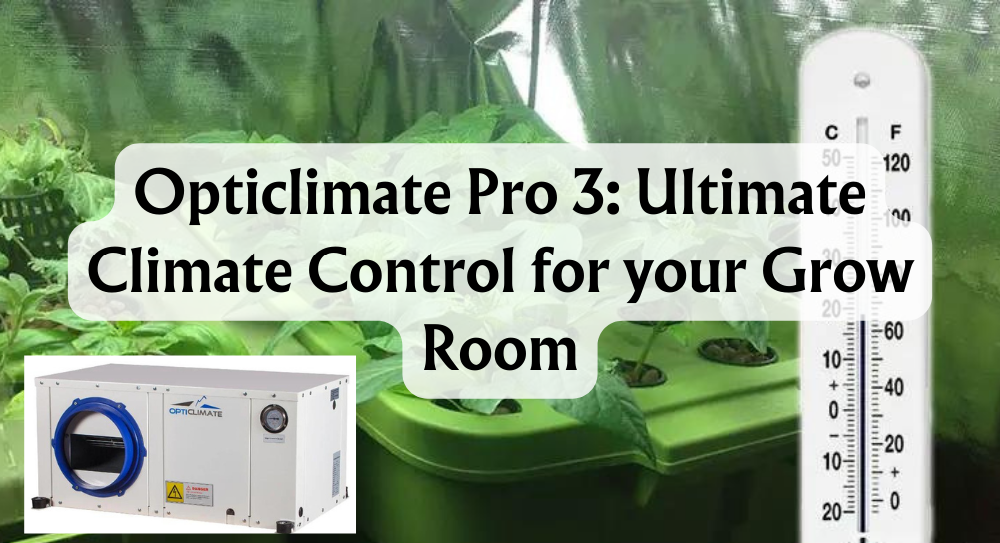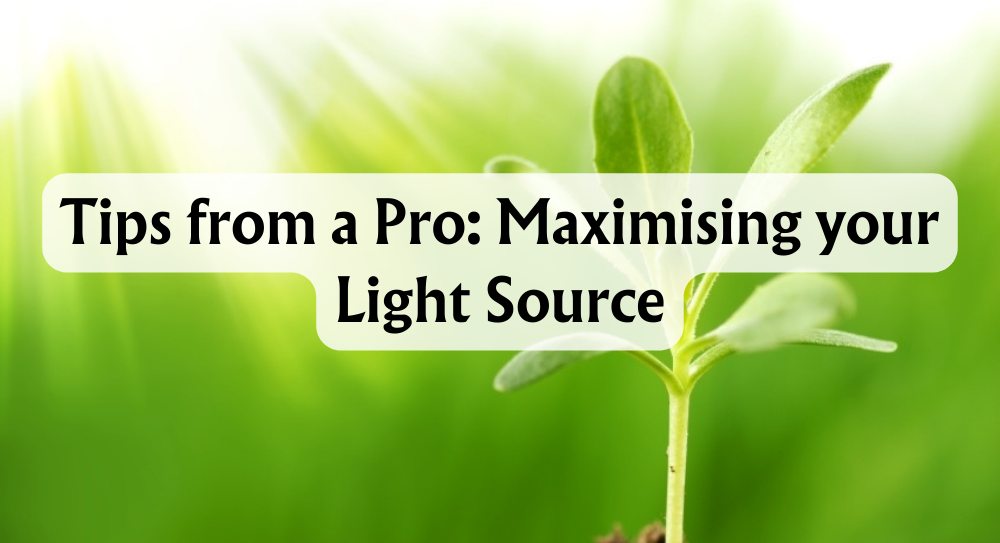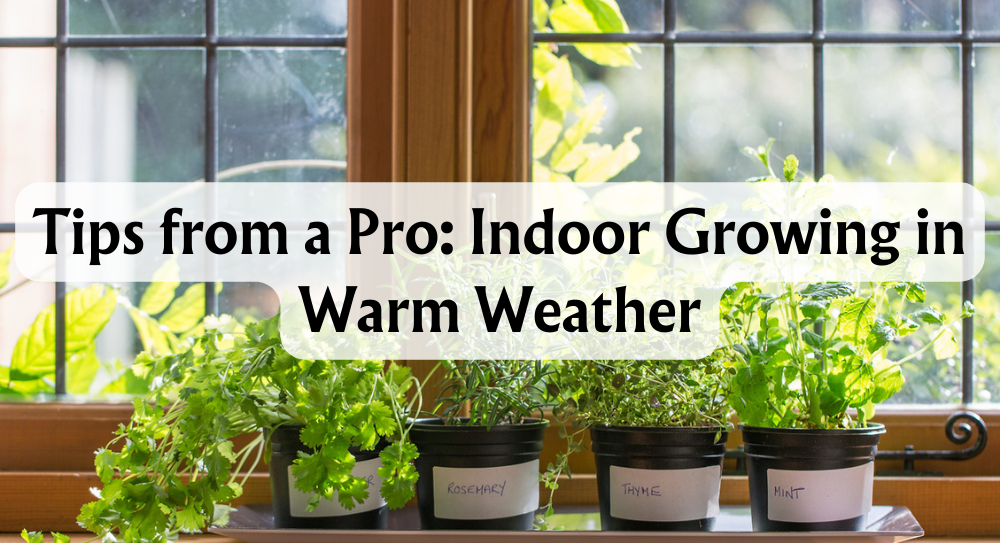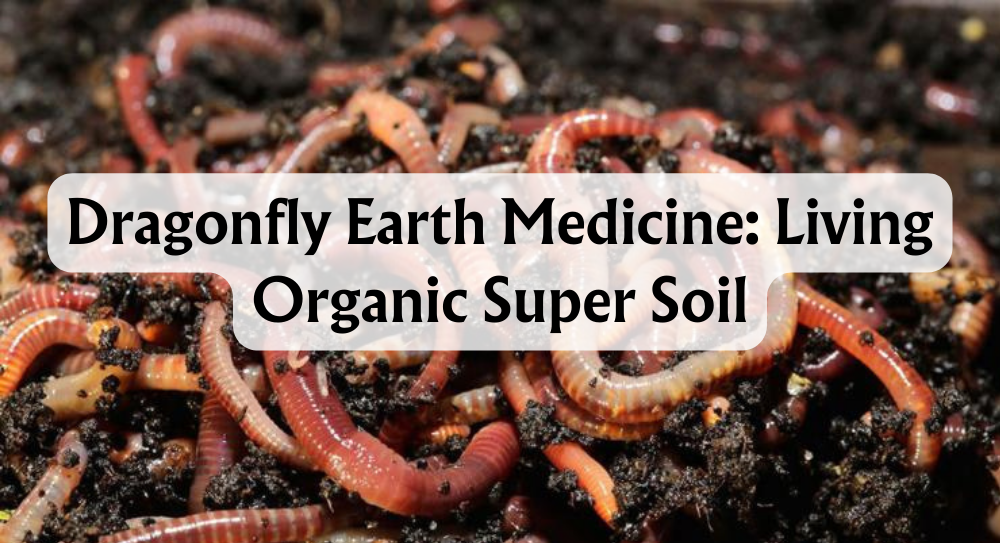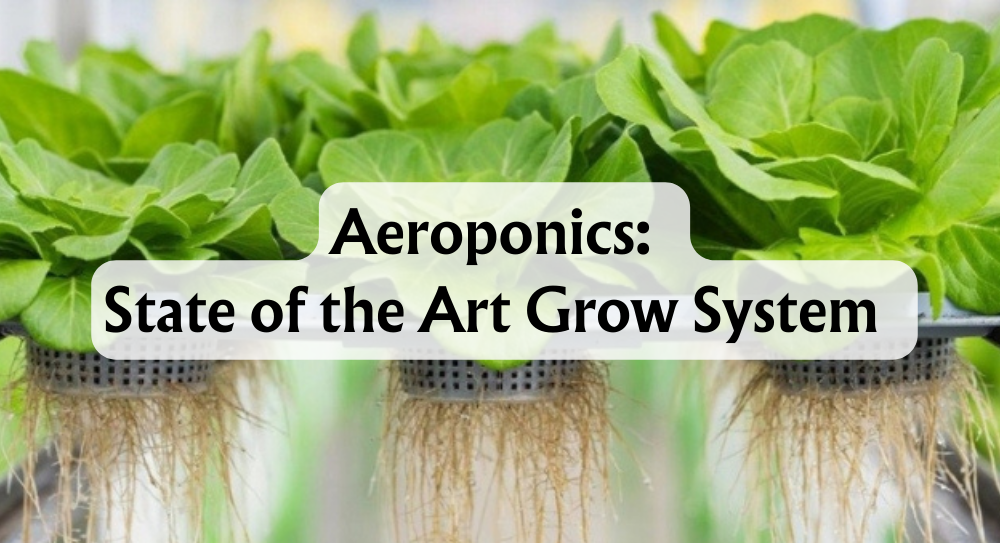So, you're wondering if you need an air pump for your hydroponics? Well, you've come to the right place. In most hydroponic systems, pumps play a crucial role by facilitating water circulation and ensuring that nutrients are evenly distributed to your plants. Whether you're a seasoned gardener or just starting out, understanding how pumps influence plant growth can make all the difference in achieving a lush and healthy garden.
The importance of water and nutrient management in hydroponics cannot be overstated. Pumps keep the water reservoir actively churning, delivering essential oxygen and nutrients to the plant roots suspended in a growing medium. It’s like setting up a buffet for your plants, ensuring they're never starved of what they need.
With all this talk about pumps, one might wonder about the specific types and which one would suit their needs best. There are different kinds of pumps available, each serving a unique function depending on the system design. We’ll guide you through how to choose the right pump that not only meets your requirements but also enhances your hydroponic gardening adventure.
Key Takeaways
- Pumps are essential in many hydroponic systems for nutrient and oxygen distribution.
- Choosing the right pump depends on your specific system and plant needs.
- Air and water management is vital for optimal plant growth in hydroponics.
What Does A Hydroponic Pump Do?
A hydroponic pump is vital depending on the type of system. It can be the heart of our setup, constantly circulating the nutrient-rich water through the system, ensuring all our plants get the nutrients they need to thrive. Just imagine trying to grow plants without it—pretty tricky, right?
Nutrient Delivery: The main job of using an air pump is to deliver the nutrient solution to plant roots. This constant circulation prevents nutrients from settling at the bottom of our hydroponic reservoir. Think of it as a waiter who never lets your glass run dry.
Air Pumps: These introduce oxygen into the nutrient solution. We all know plants need air—our roots do too! Air pumps prevent stagnation, keeping the water oxygen-rich and promoting healthy root development. Our plants can breathe easy, thanks to the air pump’s help.
Water Circulation: Water pumps play a crucial role here. They move the nutrient solution around the system, ensuring every bit of it gets to our plants.
Keeping Things Clean: Pumps also help prevent algae and bacteria buildup. By circulating the nutrient solution, pumps keep it from becoming a breeding ground for things we don’t want in our system. It's always good to keep things fresh, right?
Our hydroponic journey wouldn't be complete without these trusty pumps, as they keep everything running smoothly.
Do I Need To Oxygenate My Hydroponic System?
Absolutely, we need to oxygenate our hydroponic systems. Why, you ask? Roots require dissolved oxygen to efficiently absorb nutrients. Without it, our plants might face stunted growth or, even worse, root diseases. No one wants unhappy plants, right?
Now, you might wonder how we can ensure proper oxygenation. Fortunately, there are effective methods to keep our hydroponic systems bubbling with life.
One great method is using air pumps connected to air stones. The air pump pushes air through the stones, creating bubbles in the water that increase oxygen levels. Simple yet effective, and it works wonders in systems like Deep Water Culture (DWC).
Besides, we can also try water agitation techniques. By stirring or circulating the water, we help oxygen mix well into the solution. Even a small water pump can make a big difference here.
So, yes, our plants depend on us to keep their roots well-oxygenated. Whether by using air stones or agitating the water, maintaining healthy oxygenation keeps our hydroponic plants thriving.
Types Of Hydroponic Pumps
In hydroponic systems, the right pump can make all the difference. We will explore two major types of pumps—inline and submersible—that are essential to various hydroponic setups like NFT systems, deep water culture (DWC), and aeroponic systems.
Inline Pumps
Inline pumps are positioned outside the nutrient reservoir. These pumps excel in larger systems where higher flow rates are a priority, such as in nutrient film technique (NFT) and ebb and flow systems. Because they are typically more powerful, they are excellent for moving nutrient-rich water substantial distances.
Hailea Air Pumps are a top pick for this category. They offer efficient circulation and can handle the demanding requirements of complex systems. An inline pump can be a bit more challenging to install compared to its submersible counterpart, making it more apt for those who have some experience with hydroponics. Maintenance is easier since it remains outside the reservoir, meaning no tricky underwater manoeuvres.
Submersible Pumps
Submersible pumps are placed directly into the nutrient reservoir, making them ideal for smaller or more straightforward systems like Kratky systems or DWC systems. Being submerged, they’re easier to install, which can be a blessing for beginners. They're typically quieter too because the water helps muffle the noise.
An excellent example is the Newa-jet water pumps, known for its reliability and ease of use. These pumps require periodic cleaning to minimise mineral buildup, but hey, isn't that a small trade-off for simplicity? They're perfect for applications needing less intensive flow, such as in some drip systems and aeroponic setups. It's compact, stays cool—literally and metaphorically—and plays nice with smaller spaces.
Choosing The Right Pump
Picking the right pump is crucial for a thriving hydroponic system. We’ll explore the importance of flow rate and size to ensure your plants receive the proper nutrients and conditions they need to flourish.
Flow Rate
Let’s talk about flow rate, an essential factor in pump selection. We need a pump whose flow rate matches our system’s requirements and how many gallons you need. The flow rate, often measured in gallons per hour (GPH), ensures that nutrients, water, and oxygen get to our plant roots effectively.
Consider the type of plants we’re growing and the size of our grow area. More plants and a larger area could necessitate a higher GPH. Submersible pumps typically don’t provide pressure ratings like PSI, so pay attention to GPH and head height.
Looping in drainage and temperature regulation, the flow rate impacts these aspects as well. Who knew? Too much flow can lead to overwatering, while too little can starve our plants of essential nutrients. Finding that sweet spot is our mission here.
Size
Next up, we’ve got the size of the pump. Ensure it fits comfortably within our nutrient reservoir, as we don’t want any space constraints. Nobody likes to play a game of reservoir Tetris while trying to maintain ease of access and cleanliness.
A pump that's too large could create maintenance headaches due to limited manoeuvrability. Meanwhile, a pump that is too small might not generate sufficient water pressure to reach all points of our system, resulting in uneven distribution.
An inline pump might demand more space due to its external setup, whereas a submersible pump cosily lives underwater. Keeping spare washers and impellers can also help avoid downtime during repairs. Remember, it’s all about balance and making informed decisions.
Conclusion
When it comes to hydroponics, pumps play a pivotal role. Air and water pumps ensure our plants get their essential nutrients and oxygen. Without them, our plants might feel like fish out of water—or, worse, roots without breath!
Choosing the right pump isn't just guesswork. We must consider our system's size and our plant's needs. It's a bit like matchmaking but for gardening. A small setup might not need the same pump muscle as a large one.
Here's our advice: let's assess our hydroponic requirements carefully.
- Oxygenation: Does our system keep those roots happy and oxygenated?
- Circulation: Are the nutrients dancing their way to every plant?
It's essential to customise our approach. Similarly, select a pump that matches your system's thirst. Don’t forget, that expert advice can be golden. Talking to experienced hydroponic gardeners or trusted suppliers can give us insights tailored to our specific needs. In the end, our hydroponic success relies on smart choices and clear planning.

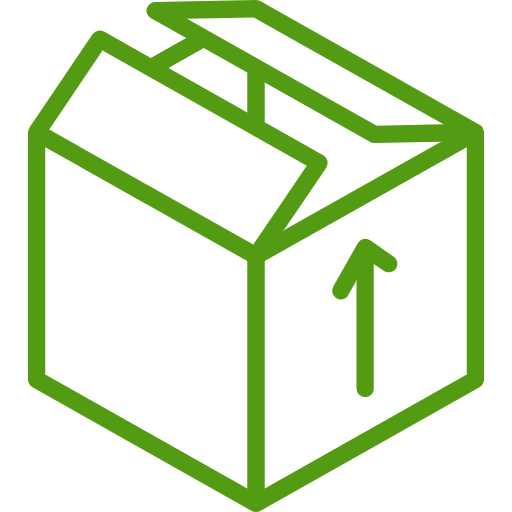





 Store Locator
Store Locator
